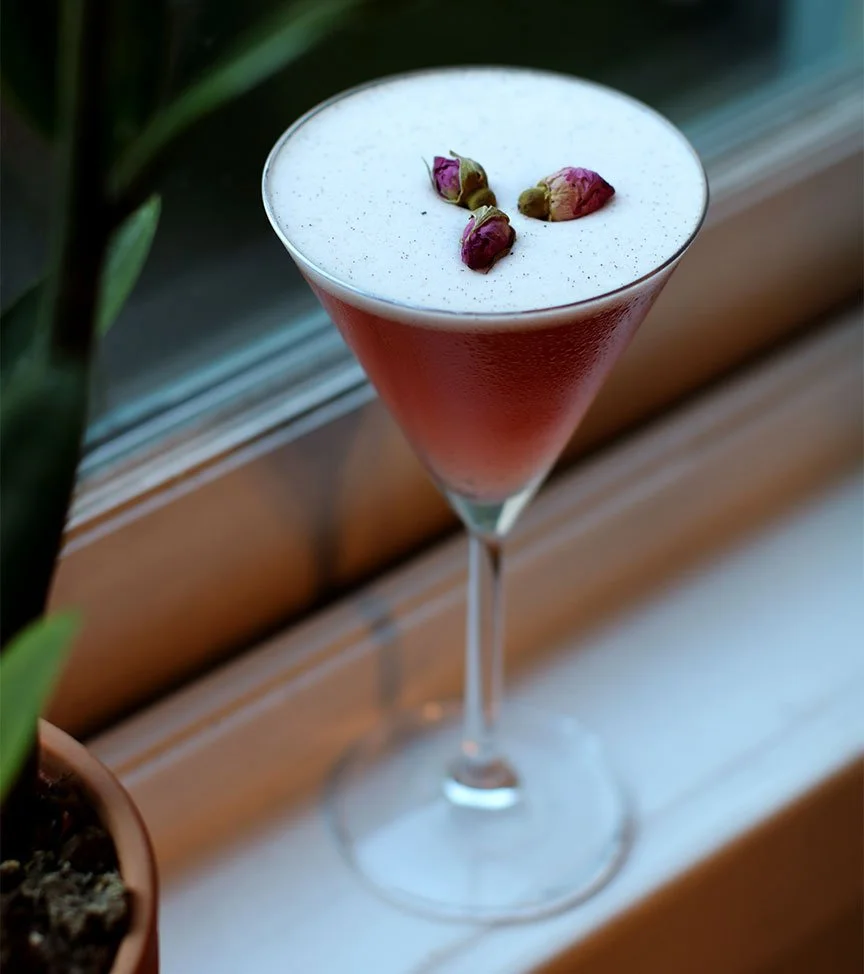Flavor Shapes: How To Visualize And Build Balanced Cocktails
Flavor profiles in my mind, when creating a new drink...
When coming up with a new drink, I sometimes think of flavors as shapes. Starting with my main spirit, I then seek to complete the different aspects of the cocktail in terms of sweet, acidic, bitter, sour, umami, etc. But I also think of these as round, sharp, blocky, fluffy or fuzzy. Different ingredients lend themselves to different feelings in our mouths, the same way solid foods do. When you can start to identify these different “shapes” as they roll over your tongue and around your mouth, you can begin to balance your drinks in a new and powerful way.
It’s easier to relate certain spirits and ingredients to shapes than others, for example: tequila is astringent to me and therefore, sharp, or blade-like. When combining ingredients with tequila I immediately seek to round-out this sharpness with a softer, more rolling sweet or juicy counterpart. My mind goes to liqueurs and syrups that bounce off or dull the sharpness of the agave spirit. Think Luxardo Maraschino -- the woody, herbal, sweet Italian liqueur can immediately cut down on tequila’s astringency as it sort of absorbs the blade.
Next I go to a fuzzy or fluffy shape -- lime or lemon or egg white. Imagine the nice foam you get with a well shaken Paper Plane; that foam is no doubt from the sour lemon but the shape it creates in my mind is cloud-like. Next, you have blocky ingredients, which tend to occupy bitter taste buds. Imagine a wall of bitterness that other flavors run into -- that bitter wall stands up to these other components and keeps them in check. Think of amari like Cynar or Italian bitters like Campari. Then there are some spirits and ingredients that can feel like more than one shape at a time. Herbaceous, bitter, sweet liqueurs like Absinthe or Chartreuse can hold multiple ‘shape’ profiles at once. Using these different shapes in combination can create a complete collection of flavors that all work together to balance your end product.
Let’s look at a quick recipe as an example:
Yes Way José
1.5oz Silver Tequila (sharp, astringent, earthy)
.5oz Yellow Chartreuse (round, blocky, herbal)
.75oz Lime (fuzzy, sour, acidic)
.5oz Pomegranate Syrup (round, sweet, tart)
.5oz Orange Bitters (blocky, citric, bitter)
1 Egg White (fluffy, cloudy, velvety)
It may sound odd to think of, but imagine you didn’t have words to describe these different flavors, and all you could do was draw them with pen and paper. How would you draw the shape of each flavor? As blocks, clouds of fluff, blades and balls? Or as some other shapes?
Person to person, our taste buds and perceptions of flavors vary wildly. Some people think Cilantro tastes like soap, others would prefer it were in every dish they eat. Some love Scotch, others think it tastes like bandaids. Because our tastes are different or seem off to others do not make them incorrect or invalid. It simply makes them our own. The next time you seek to create a new cocktail, try and imagine the different parts of your drink as shapes, forms, or descriptions rather than as pure flavors. You may end up creating something more interesting as a result!
Cheers!


